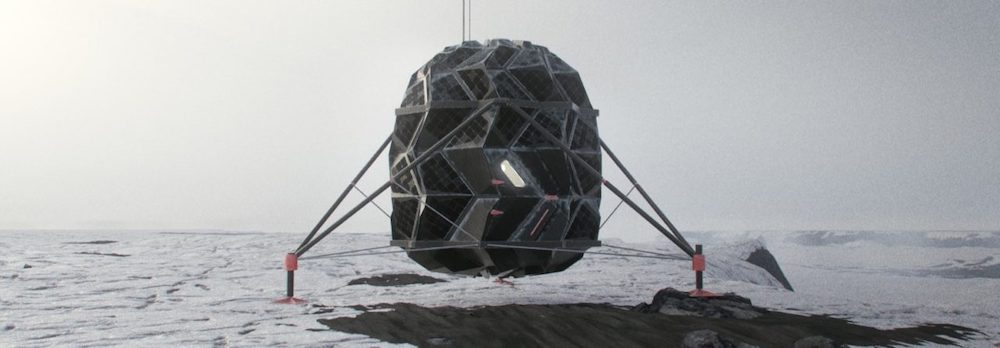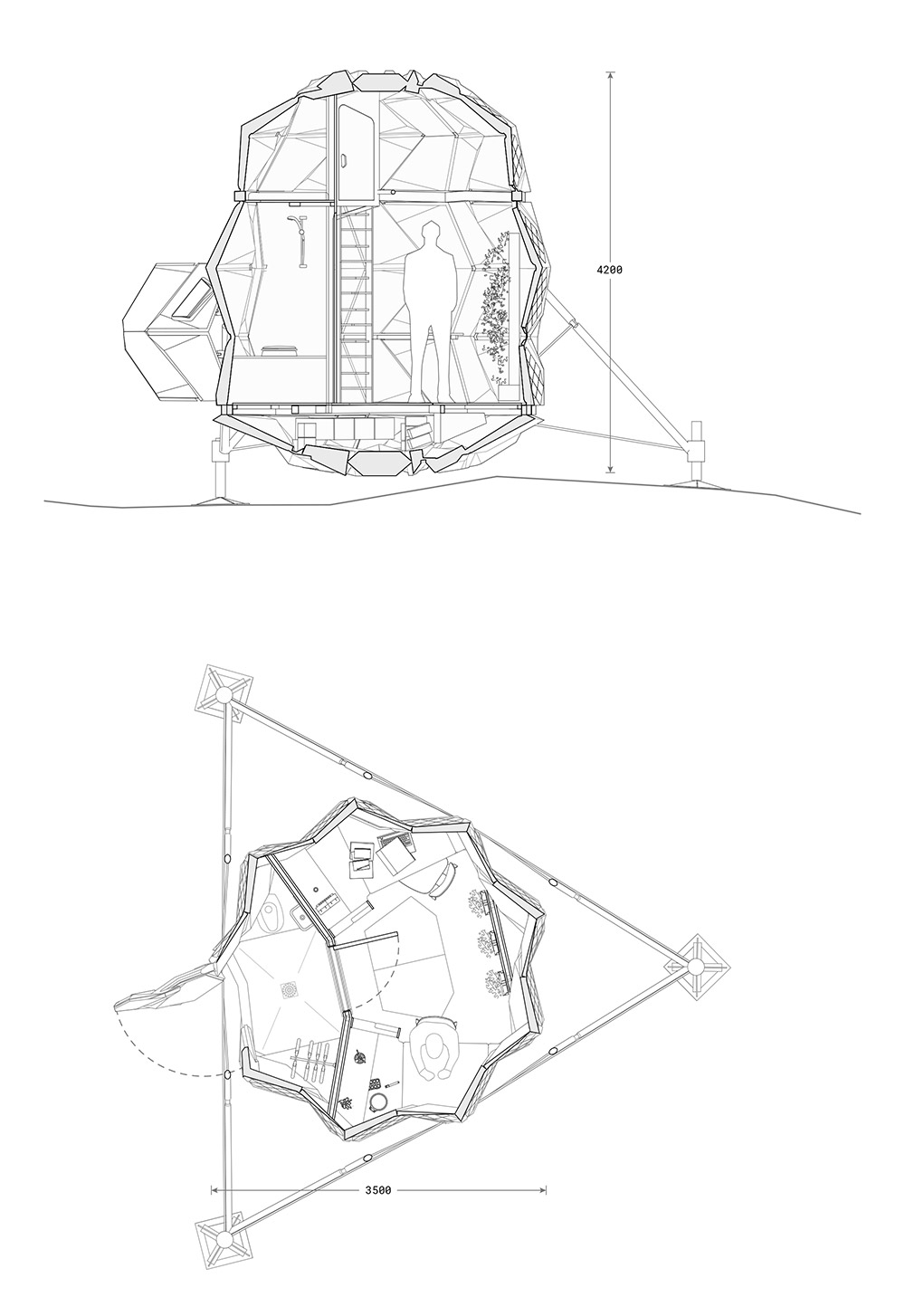December 29, 2020
Today's Lesson for Engineers is 'Sand in the Gears'
A couple of Danish Architects have developed a tent for use on Luna and/or Mars. LUNARK is a very interesting concept that folds up into a compact package that is covered in solar panels, and, using cutting edge origami technology, expands 560 percent to become an airtight habitat with an algae based air recycling system!



The two Nordic nerds recently went LARPING around northern Greenland and set up their airtight tent on a volcanic outcropping that is very close in temperature and terrain to the temperate zones on Mars. They then set it up, sealed the thing, and because they are awesome and take their design they entered and exited thru the airlock and went outside in self contained breathing apparatus. They also did a fair number of actual experiments relating to the project.

The two month experiment was a success which encountered no major issues except for the polar bear which is a matter of limited concern on the moon or Mars. The success of the air recycling system is quite a feat.
However, I have 2 concerns.

The airlock appears to be the toilet/shower, which makes sense, and is an inspired solution on one level as the airlock needs to be a decontamination station. However, this could lead to issues if one is outside, running low on air, while someone is in the airlock having a disagreement with their algae burgers.
The other concern is more integral, so much so that I think I should ask one of the Brickmuppet's Crack Team of Science Babes for a second opinion before I use the deep width and breadth of insight that a history degree gives someone commenting on architectural and engineering matters...

"Oh God, what Moon dust will do to that."
YES! All those expanding joints look like they are inherently exposed to dust. This is not an issue on the Greenland icecap, but lunar dust is ubiquitous, abrasive and electrically charged, Martian dust is less abrasive but it is also ubiquitous and corrosive and we've seen on Earth what can happen to relatively sealed mechanisms like firearms actions when exposed to sand, even good ones.
Maybe put the whole thing in a big bag?
Despite being called a 'tent' by the Daily Mail, this thing is not man-portable. It weighs 1738 kilos (3400 pounds) (which is a remarkable achievement for a habitat capable of sustaining 2 people with food water and air for 2 months). 1738 kilos translates roughly to 290 kilos on the Moon and 660 kilos on Mars. This is more of a camper.
None of this is to detract from the skill and verve of the inventors. It's a prototype, they are testing it in the field and braving polar bears to do it.
So Kudos to SAGA Space Architects! Any bugs can be worked out and as fundamental an issue as the dust problem seems to be, there are probably mitigation measures that can be taken...like a big bag. We've seen with Elon Musk's cornucopia of 'splodies that the way to get to space is to test things to destruction and find out what needs to be fixed. They are doing that with this and have done their math so well that they haven't had a failure yet.
This is a pretty awesome achievement.
Posted by: The Brickmuppet at
10:43 AM
| Comments (3)
| Add Comment
Post contains 559 words, total size 5 kb.
1
I have visions of astronauts on the Moon or Mars fighting some articulated joint while one of them puzzles over an elaborate assembly manual. Also, they only have *exactly* the number of screws needed to finish, and one of them is lost under a rock somewhere.
Posted by: madrocketsci at Tue Dec 29 13:10:20 2020 (hRoyQ)
2
Silly thing. The TransHab module was invented specifically as a lunar base module back in the 90s in part (IIRC) to avoid the dust issue. As an inflatable structure it had no joints that could be infiltrated. Plus its internal volume when inflated would be much larger than this thing, so what's the point?
Posted by: jabrwok at Tue Dec 29 20:08:57 2020 (T4WaI)
3
The point is that this uses Origami!
Posted by: The Brickmuppet at Tue Dec 29 20:34:50 2020 (5iiQK)
37kb generated in CPU 0.1424, elapsed 0.7211 seconds.
71 queries taking 0.6914 seconds, 380 records returned.
Powered by Minx 1.1.6c-pink.
71 queries taking 0.6914 seconds, 380 records returned.
Powered by Minx 1.1.6c-pink.









